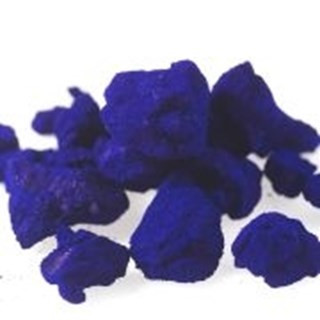| TNO Innovation for life |

| Registration Date | 10 Jan 2018 |
| Revision Date | 10 Jan 2018 |
| Share |
Pigment
Clay
Al2O3 • 2SiO2 • 2H2O Nanoparticle /Nanopowder CAS Number : 1332-58-7
In principle, both dyes and pigments can be used for colouring plastics and coatings but th advantages inherent in dyes is the relatively limited amount needed to obtain sufficient colouring and the absence of heavy metals. However, there are drawbacks. Firstly, they dissolve in the medium they have to colour, which can lead to migration and so-called plate-out, or the release of dye during the production process, which results in the colouring of (production) equipment. An additional drawback is that the limited UV and temperature stability as well as poor dispersibility of dyes in some polymers can limit their applicability.
The technological basis of the new nanopigment systems, PlanoColors®, lies in the precise modification and dispersion of nanometer sized ceramic platelets harvested from commercially available natural and synthetic clays. This allows firm attachment of a wide range of commercial organic dyes to clay surfaces and dispersion of these coloured nanopigments in virtually all polymeric materials and solvent (coating) systems. This technique has enabled the colouring of polyethylene and polypropylene. Attaching organic dyes to the surface of the clay platelets can also make UV-sensitive dye systems, like methylene blue that are normally unable to withstand exposure to natural sunlight, resistant to exposure to high intensity UV radiation and generate higher temperature stability. The structure of the dye molecules on the clay platelets also appears to enhance colour efficiency, allowing high intensity colouration at low concentration levels.
Colored synthetic fibers.Finally, PlanoColor® nanopigments may provide an environmentally attractive alternative for the heavy-metal based inorganic pigments currently in use. PlanoColor® technology represents potentially profitable opportunities to replace current organic dye and pigment systems as well as new options in new markets. The world market for colorants is broad. In addition to the UV and thermally stable colouration of polymeric materials in 3D products, coating materials, adhesives and sealants, the development of special new printing inks and copier toners represents potential new product application areas. More opportunities are envisaged.